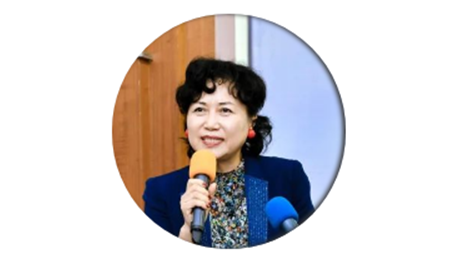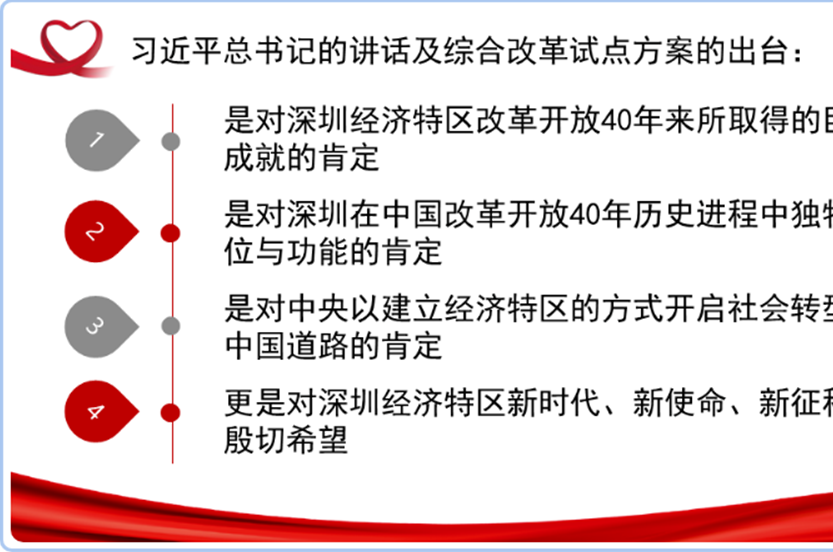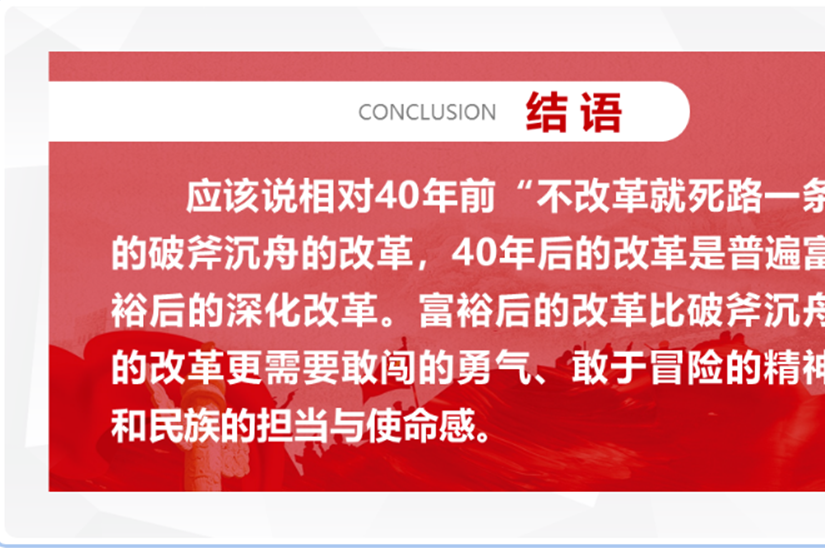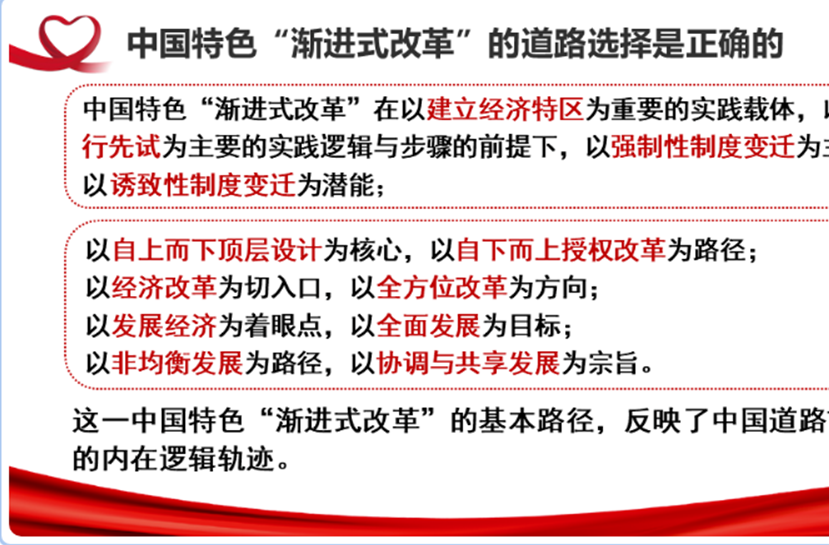On October 30, 2020, Prof. Tao Yitao was invited by the Shenzhen Ma Hong Foundation for the Economic Improvement Research (hereinafter referred to as “Ma Hong Foundation”) to participated in a seminar to commemorate the centennial of Comrade Ma Hong. Ms. Tao serves as the director of the China Center for Special Economic Zone Research (CCSEZR), Shenzhen University (SZU) and president of the Belt and Road Research Institute (Shenzhen) for International Cooperation and Development (BRRI).

Tao Yitao
Former Deputy Secretary of the Party Committee, SZU
Director of CCSEZR, SZU
President of BRRI
Honorary Director of Shenzhen Ma Hong Foundation
“Thanks for the invitation of Ma Hong Foundation. It is my honor to be here today, and I’d like to make three points:”
01 Significance of General Secretary Xi Jinping’s speech and the comprehensive reform pilot program
This is the first time I have attended a conference where I can hear the real history. I know a bit about Ma Hong. And after listening to introduction by the speakers, I’m deeply moved by the wisdom, thoughts, courage and national spirit of the great thinker who has made great contributions to China’s economic construction, especially China’s reform and opening-up. This may be the sentiment of a scholar. In addition to history and other knowledge, I also gained inspiration on what spirit and sentiments scholars working in Shenzhen and the frontier cities of China’s reform and opening-up should conduct academic research with.
On October 11, the central government issued the comprehensive reform pilot program. On the 14th, General Secretary Xi Jinping delivered an important speech on the 40th anniversary of the Shenzhen Special Economic Zone (SEZ). All of this shows not only recognition of the tremendous achievements made by Shenzhen in the past forty years, its irreplaceable special status and function in the historical process of reform and opening-up, and China’s path, but also an ardent hope for Shenzhen with new missions in the new era. Henceforth Shenzhen sets sail on a new historical journey of reform and opening-up.

02 What does the successful experience of Shenzhen SEZ mean?
In his speech, General Secretary Xi Jinping made a ten-point summary of Shenzhen’s successful experience. On the one hand, the ten-point summary is recognition of our way of establishing SEZs and starting China’s transition from a planned to a market economy. In large countries with planned economy, and unbalanced economic development between urban and rural areas and various economic regions, the oasis of market economy should be established in the areas where the planned economy is weakest, to start the practice of socialist market economy. It is a transformation method with the lowest cost and the lowest risk for Chinese society, which can ensure stable development.
On the other hand, it proves the correctness of China’s path led by gradual reforms, which reflect the characteristics of China itself. We are dominated by top-down mandatory institutional transition, that is, the central government authorizes Shenzhen from top to down, and the Shenzhen government actively carries out institutional innovation under such authorization. This combination enabled Shenzhen to break through more than 1,000 traditional institutional mechanisms in the historical process of China’s 40 years of reform and opening-up.
In terms of practice patterns, this logic and path of blazing the trail is correct. Because blazing the trail can not only reduce the cost of reform and opening-up, but more importantly, influence the country with a spiritual force which is to dare to break through existing ideas, especially the traditional ideological fetters. It is not only the practice pattern of reform, but also the transmission of a brand-new idea and thought.
03 Transformation and enhancement of the mechanism of Shenzhen SEZ with new missions in the new era
History once again chose Shenzhen, and Shenzhen once again stood on the commanding heights of China’s deepened reform. I think the deepened reform today is an ideological revolution no less profound than that of 40 years ago and its difficulty is even greater to some extent. Why do I say this? Forty years ago, if people didn’t reform, they would face a dead end. To survive, people would risk reform. Today we are reforming for the future. If we don’t reform, we won’t lose. On the contrary, reform may lead to a dead end. Under such circumstances, further deepening reforms requires not only the pioneering spirit and the wisdom of reform, as well as national responsibility and sentiments.

Three years ago, when I came to Pakistan, the president asked me to introduce to them the successful experience of Shenzhen SEZ. After I finished the introduction, they said that it was a miracle that Shenzhen became a modern metropolis from a small fishing village in less than 40 years, but Pakistan did not have sufficient funds and technology, and only with these could they develop. I said: “Funds and technology alone cannot ensure economic development. Only ideas and thoughts that could translate money, technology, and capital into wealth and production factors can truly create value. The achievements of Shenzhen’s 40 years of reform and opening-up are not simply the victory of capital, nor the victory of capital and technology, but the power of ideas. Ideas can’t change the society, but they can change people who then can change the society. This is where Shenzhen succeeds.” I also added that Pakistanis need to discard the ideas of asking for money and technology, especially money from other countries, and learn to build their own country independently. Today when deepening reforms, Shenzhen is standing at another commanding height in history. To achieve the functions of the pilot demonstration area and its new missions in the new era requires Shenzhen courage and wisdom, and a deeper ideological revolution.





